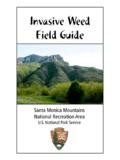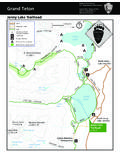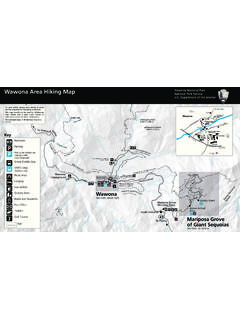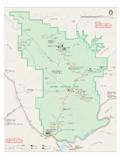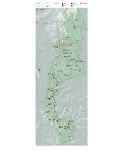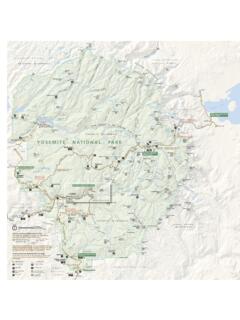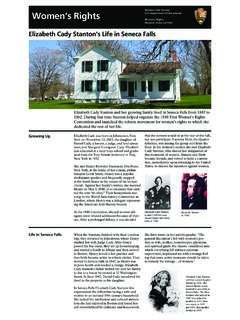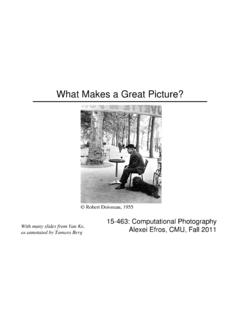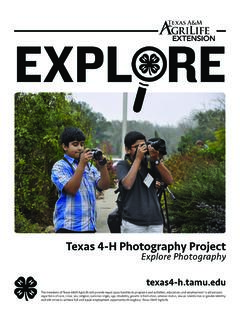Transcription of Seeking Magic Hour Photograping Badlands National Park
1 Seeking Magic HourPhotograping Badlands National ParkNational Park Department of the InteriorBadlands National ParkDivision of Resource Education25216 Ben Reifel RoadInterior, South Dakota 57750(605) 433 - 5361 National Park is a photographer s paradise. Wild pinnacles and buttes rise starkly out of the seeminglyendless mixed grass prairie, a virtual sea of 56 species of grasses laid out in fluid mosaics that flow in the breezetowards the horizon. Not at all the Badlands described by early settlers, the landscape supports a variety ofwildlife, including bison, bighorn sheep, deer, pronghorn, coyotes, prairie dogs, snakes, rabbits, chipmunks, andnumerous species of birds.
2 The landscape is dynamic - the light changes, the animals move, the tall spires weatherand erode. Look closely and you ll see every color of the rainbow painted in delicate brush strokes across thisdramatic HourPhotographers call the time around sunrise and sunset the Magic hour because thelight is soft and casts a warm glow on the landscape. In the Badlands , subtle shades ofred, yellow, and buff in the pinnacles and buttes become deeper and richer at thesetimes of day. Look for the colors to become extra saturated after a rainstorm. The longrays of light in the Magic hour cast dramatic shadows, adding a three-dimensionalquality to sunrises, try the Big Badlands Overlook, the Door Trail, the Norbeck Pass area, theDillon Pass area, and Panorama Point, just west of Bigfoot Pass.
3 Each of these areasshould provide views of the sunrise itself, along with the first rays of light that hitpinnacles facing sunsets, try Pinnacles Overlook, Conata Basin Overlook, Bigfoot Pass Picnic Area,and the Norbeck Pass area. Walking the Castle Trail (west for sunrise, east for sunset) isa great way to view the changing light on the north side of the Wall and provides awonderful opportunity to explore and immerse yourself in the lenses will take in much of the grand vistas before you. Switching to atelephoto lens will enable you to zoom in on the golden pinnacles and capturegraphic designs in the cascading ridges. One useful tool for retaining foregrounddetail while shooting in to a sunrise or sunset is a split neutral density you don t have one, use the sharp outlines of the pinnacles to create t forget the blue light times of day about a half hour before sunrise and a halfhour after sunset, when the sky is a dark blue and the pinnacles are still visible.
4 If theconditions are right, the clouds light up in splendid shades of crimson, salmon, andpink. A full moon rising or setting among the pinnacles and buttes in blue light makes for a spectacular you ve taken your award winning sunrise or sunset shot, check out the SeabedJungle. The bright yellow and red fossilized soils are good to photograph bothmorning and afternoon, as these mounds occupy both sides of the road, providinggood subjects at either time of light can often be harsh and unflattering. During this time of day, try findingcanyon walls that are lit indirectly by light reflecting across from another brightly-litwall. A polarizer will help saturate colors, remove harsh lighting, and separate brightwhite clouds from a deep blue sky.
5 On overcast days with flat light, a warming filterwill add a little life to your photos. Another option for mid-day is to focus on thedetail shots all around you. Look for patterns in braided, sinuous stream beds, cracksin the sun-baked earth, and horizontal banding in the sedimentary rock. Look forcolorful lichens on rocks, zoom in on bright wildflowers, or record animal trackspreserved in dried mud. Look for some of the interesting geological features that fillthis area - armored mud balls, clastic dikes, nodules, geodes, toadstools, faults, andfossils imbedded in the rock. Take a close up look at some of the species of grasses inthe area.
6 The head of the blue gramma grass looks like an eyebrow, while the needleand thread grass looks just like its name suggests. Macro lenses can be effective fordetail studies, although normal lenses will work as well. A small light reflector that fitsin your camera bag can help redirect or soften harsh overhead can cast wonderful shadows across the landscape. When they build intothreatening storm clouds, this often results in very dramatic lightning with sunlitpeaks standing starkly against a dark, foreboding sky. Lightning is frequent in theseprairie thunderstorms and a long exposure with a wide-angle lens may pick upthese arcs of light.
7 Just remember to keep a safe distance from the as the light changes throughout the day, it changes as well through the storms create dramatic lightning and cause flowers and grasses to bloom. Inwinter, snow lays a soft blanket of white on the pinnacles and buttes, creating a boldcontrast against the rough, dark, weathered rock. The grasses glisten in the low wintersun, every blade coated with frost. Autumn will bring more colorful changes to thelandscape. Plan on returning to the Badlands . It will look different every Badlands can be a dangerous place to explore, particularly for the photographerswho have their eyes glued on their viewfinders!
8 The rock crumbles easily and is veryslippery when wet. Make sure that before you move your feet, you move your eyes aswell - away from the camera!In 1935, architect Frank Lloyd Wright wrote in a letter to South Dakota newspapereditor Robert Lusk: Let the sculptors come to the Bad Lands. Let painters come Let thetruest of artists come .. He who could interpret this vast gift of nature in terms ofhuman habitation so that Americans on their own continent might glimpse a new andhigher civilization certainly, and touch it, and feel as if they lived in it and deserved tocall it their text by 1998 Artist in Residence Mark Dornblaser, professional photographerLight at MiddaySeasonsSafetyFrank LloydWright InvitesYou.
9

